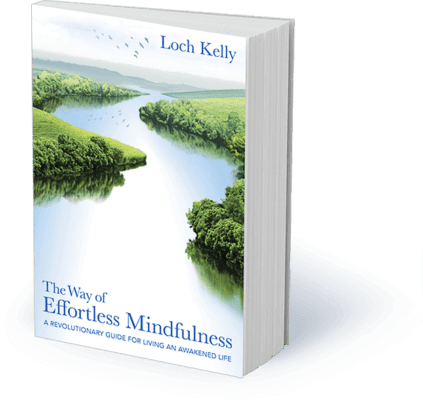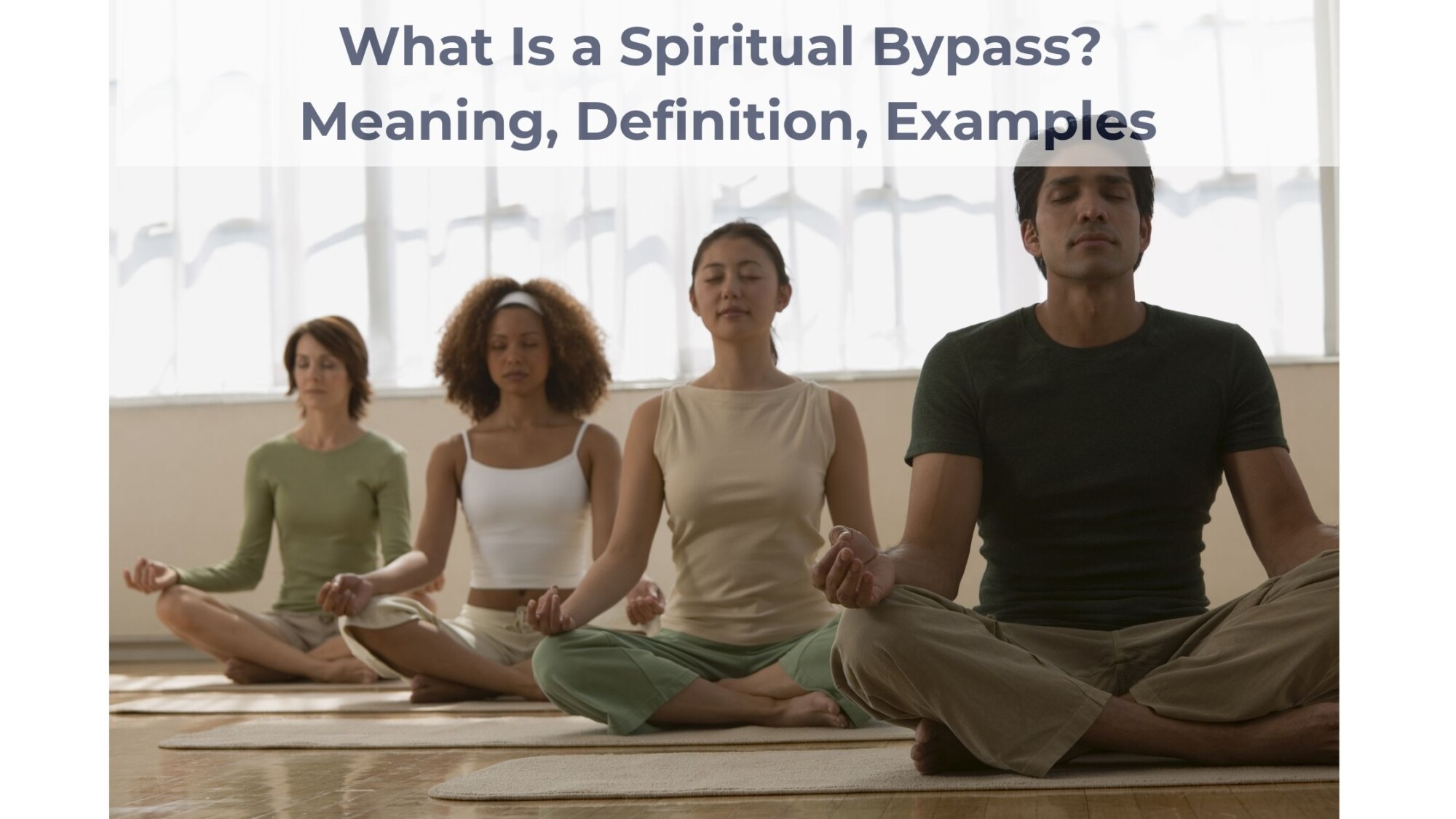You’ve already experienced effortless mindfulness. But you may not have known it at the time.
Growing up, I was neither calm nor contemplative. I struggled with some form of dyslexia and ADD, and I had an underlying feeling that something wasn’t quite right, that something was missing or out of balance. The only time I experienced relief from this background anxiety was while engaged in sports, feeling myself in my body and in “the zone.”
Once, during an ice hockey game in junior high school, the score was tied 1–1, and after the last time-out, I dropped into a sense of well-being, effortless focus, and connection to my teammates.
It was as if time slowed down, and playing together in this concentrated way brought me into a profound sense of embodied joyful flow. It was after this taste of effortless mindfulness that I started wondering: How did this happen and could I find a way to intentionally access this joy of being in other parts of my life?
Glimpses are the initial effortless effort of opening, surrendering, resting, or turning awareness around to find our open mind and open heart.
—Loch Kelly, The Way of Effortless Mindfulness
Effortless mindfulness is both a natural capacity and a skillful way to connect with ourselves and others. It is a way of being mindful from a different level of mind than we are used to.
It begins by opening to a natural spacious awareness in order to become more embodied, interconnected, and loving.
Being Fully Present
When I describe effortless mindfulness, some people tell me they’ve had this feeling walking in nature, playing music, gardening, making love, driving a car, or during a special moment in their past that they long to return to. Many of us have been intuitively practicing some form of effortless mindfulness throughout our lives—while being creative, with loved ones, or playing sports.
For example, we may have shifted into effortless mindfulness while hiking with friends. While hiking, we may notice that as soon as we reach the summit of the hill, our goal-seeking stops for that moment.
Our identity as a seeker relaxes as we look at the sky and feel our awareness and mind open into it. We might look at our friends and feel a sense of connection and open-heartedness.
We feel fully present, with no problems to solve and nothing to push away. We look at the trees and feel connected and part of nature.
Even at work or in the New York City subway, we can discover the inner freedom and clarity that are inherent within us.
—Loch Kelly, The Way of Effortless Mindfulness
Our separate sense of self relaxes to reveal a wordless experience that rests in a place of “all is well.” At times like these, we feel freedom, clarity of mind, joy, connection to nature and other people, and a sense of well-being.
However, we often associate these enjoyable qualities with the activity or place without realizing that the source is within us. Because we don’t always know that the source of our joy and freedom is already available to us, we might later say, “I miss that incredible feeling I had while hiking last week. I’ll have to wait until my next vacation to return there.”
Yet, if we try to recreate an experience by doing the same activity again, our expectation may keep us from relaxing the seeking mind enough to allow effortless mindfulness to be revealed.
Without knowing it, most of us do our favorite leisure activities to experience effortless mindfulness and its natural qualities of freedom and joy. We do what we love to experience effortless mindfulness.
However, effortless mindfulness and its qualities are not dependent on external circumstances like a quiet place. Even at work or in the New York City subway, we can discover the inner freedom and clarity that are inherent within us.
A Favorite Technique for Learning Effortless Mindfulness
One of my main techniques for connecting and experimenting with effortless mindfulness is through what I call glimpse practices.
Many people have told me that this is one of the simplest, most elegant, and effective ways to learn effortless mindfulness. A glimpse is a type of shifting, letting go, dropping, or stopping to allow a natural clarity and connectedness to emerge.
Glimpses are the initial effortless effort of opening, surrendering, resting, or turning awareness around to find our open mind and open heart. They are micro-meditations or rest stops where we can refresh or reboot our whole body-mind system.
A glimpse is not an insight from our conceptual mind; it is the direct experience of the essential peace, love, and wisdom that’s always been within us. It is a paradigm shift, an identity shift, a shift of consciousness to a new view and a new you that feels true.
The goal of these glimpses is not just to cultivate a temporary calm state, but instead to discover and establish a new operating system we can live from.
Glimpsing is different from a short meditation because a glimpse is more like a small shift of identity.
—Loch Kelly, The Way of Effortless Mindfulness
A glimpse can dehypnotize us from the trance of our limited mind or small self. In other words, a glimpse is not a “peak” experience or a euphoric state; instead, a glimpse is a direct “peek” and literal shift into our optimal mind.
A glimpse practice is similar to a Zen koan, a simple inquiry that can’t be solved through logic that takes you out of your conceptual mind and small self. Unlike a koan, a glimpse does not start with thinking. It starts with awareness unhooking from thought.
Effortless mindfulness glimpses can be done with eyes closed or open anytime during your day. They initially take from ten seconds to ten minutes to do, but they shift you into a new operating system that allows you to enjoy their continuous benefits. You can see glimpses as invitations to pause and shift your awareness, to have a chance to taste the peace beyond conceptual understanding.
Several of my students have told me that dropping into one small glimpse has been as life-changing as going on a long meditation retreat.
Here’s an example to give you the direct experience of the immediacy of a glimpse. After you read the steps, choose a memory from your own experience to use for the glimpse.
GLIMPSE: Wordless Awareness
- Close your eyes. Picture a time when you were doing something like hiking in nature. In your mind, see and feel every detail of that day. Hear the sounds, smell the smells, and feel the air on your skin; notice the enjoyment of being with your companions or by yourself; recall the feeling of walking those last few yards toward your destination.
- Visualize and feel yourself as you have reached your goal and are looking out over the wide-open vista. Feel that openness, connection to nature, sense of peace and well-being. Having reached your goal, feel what it’s like when there’s no more striving and nothing to do. See that wide-open sky with no agenda to think about, and then simply stop. Feel this deep sense of relief and peace.
- Now, let go of the visualization, the past, and all associated memories slowly and completely. Remain connected to the joy of being that is here within you.
- Open your eyes. Realize that the well-being that was experienced then is also here now. It does not require you to go to any particular place in the past or the future once it’s discovered within.
It’s often effective to record the mindful glimpses you like best in your own voice, at a pace that seems right for you. Then listen to your own voice lead you home.
More audio and video guided glimpses »
Adapted from, The Way of Effortless Mindfulness: A Revolutionary Guide for Living an Awakened Life, by Loch Kelly. Copyright © 2019 by Sounds True.









